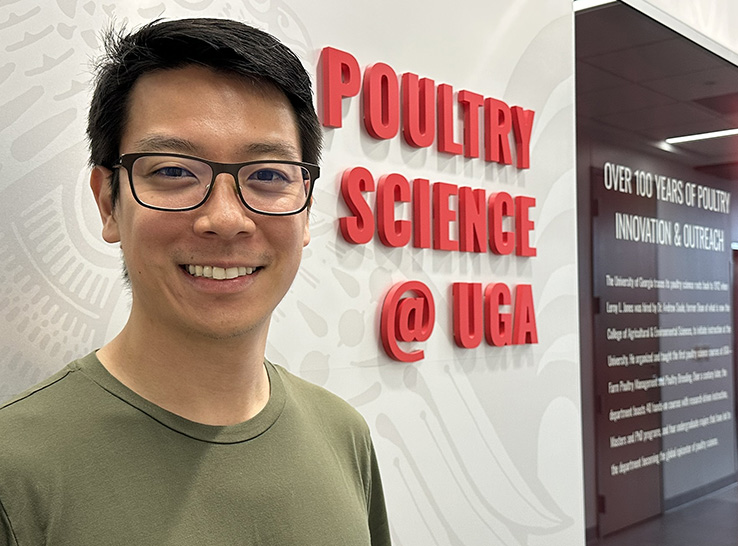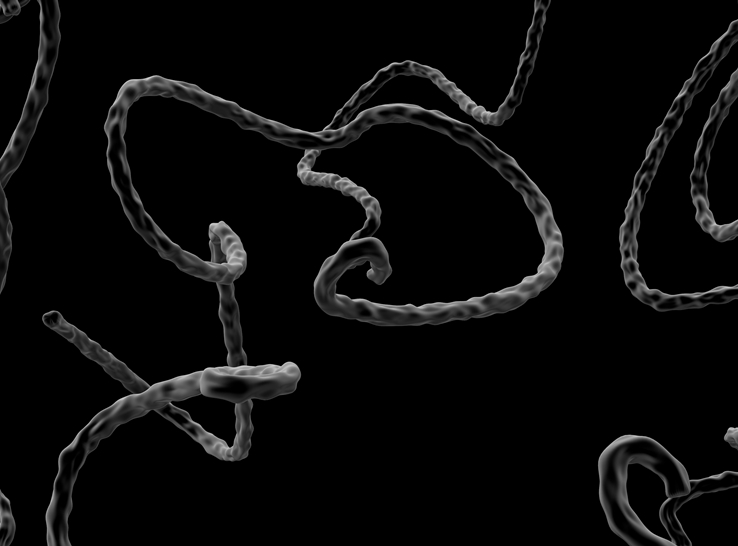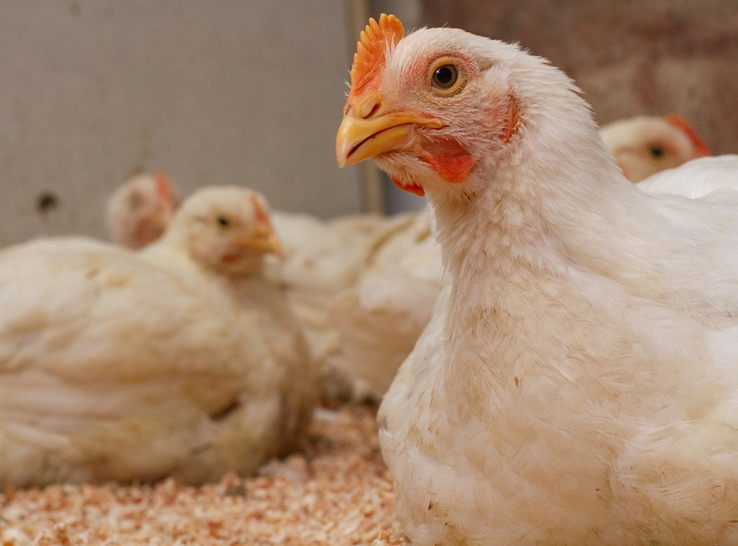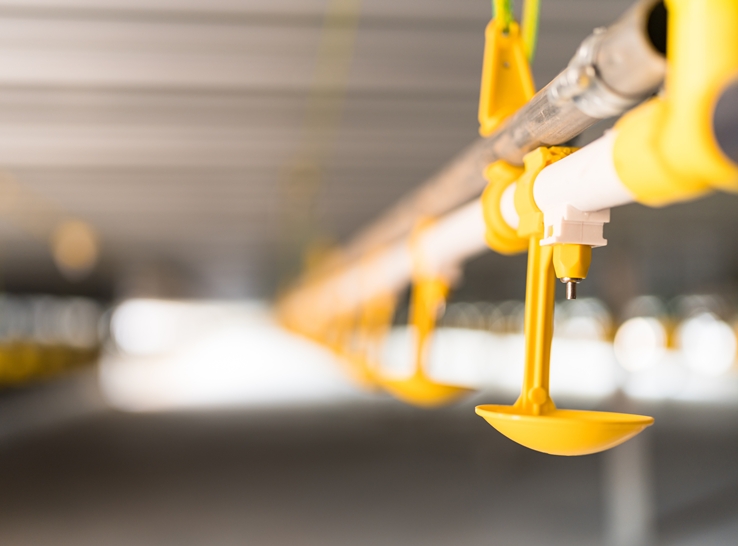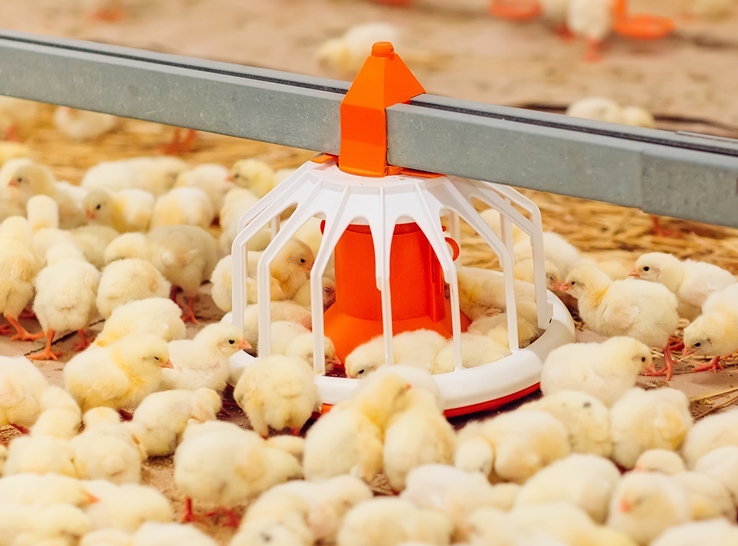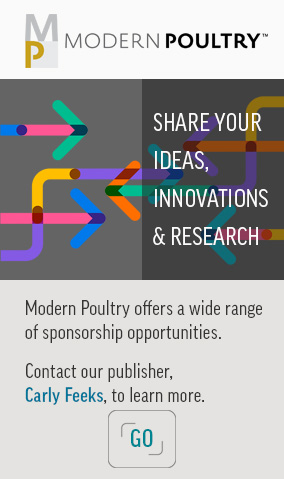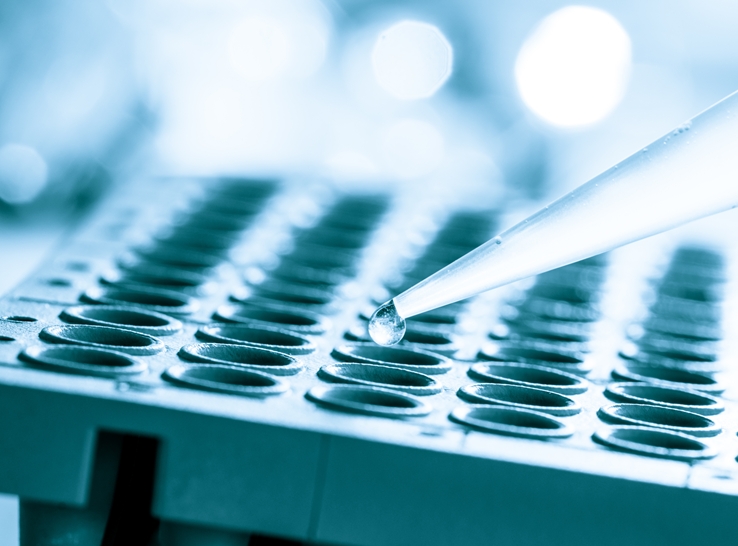
Serological survey unveils emergence, trends of aMPV in Georgia
Avian metapneumovirus has not been detected in the US since the 1990s. So, it was a surprise in 2023 when cases began surfacing in Virginia, West Virginia and North Carolina. By January 31, 2024, the Georgia Poultry Laboratory Network received its first suspect case. Here’s what they did.



